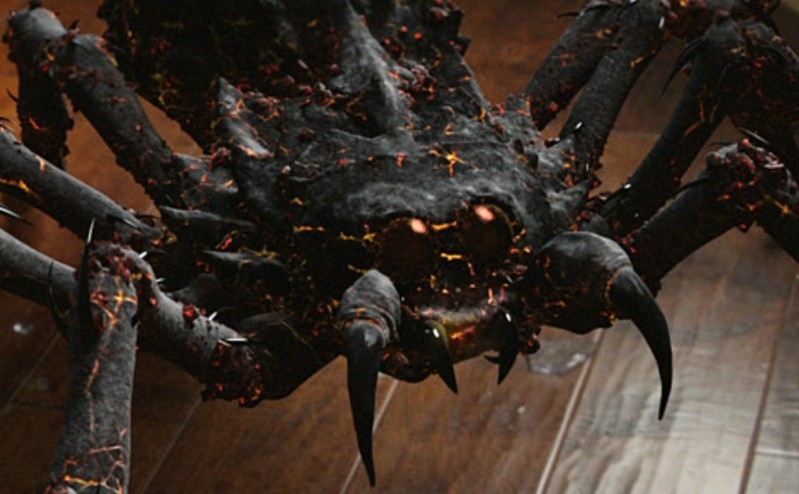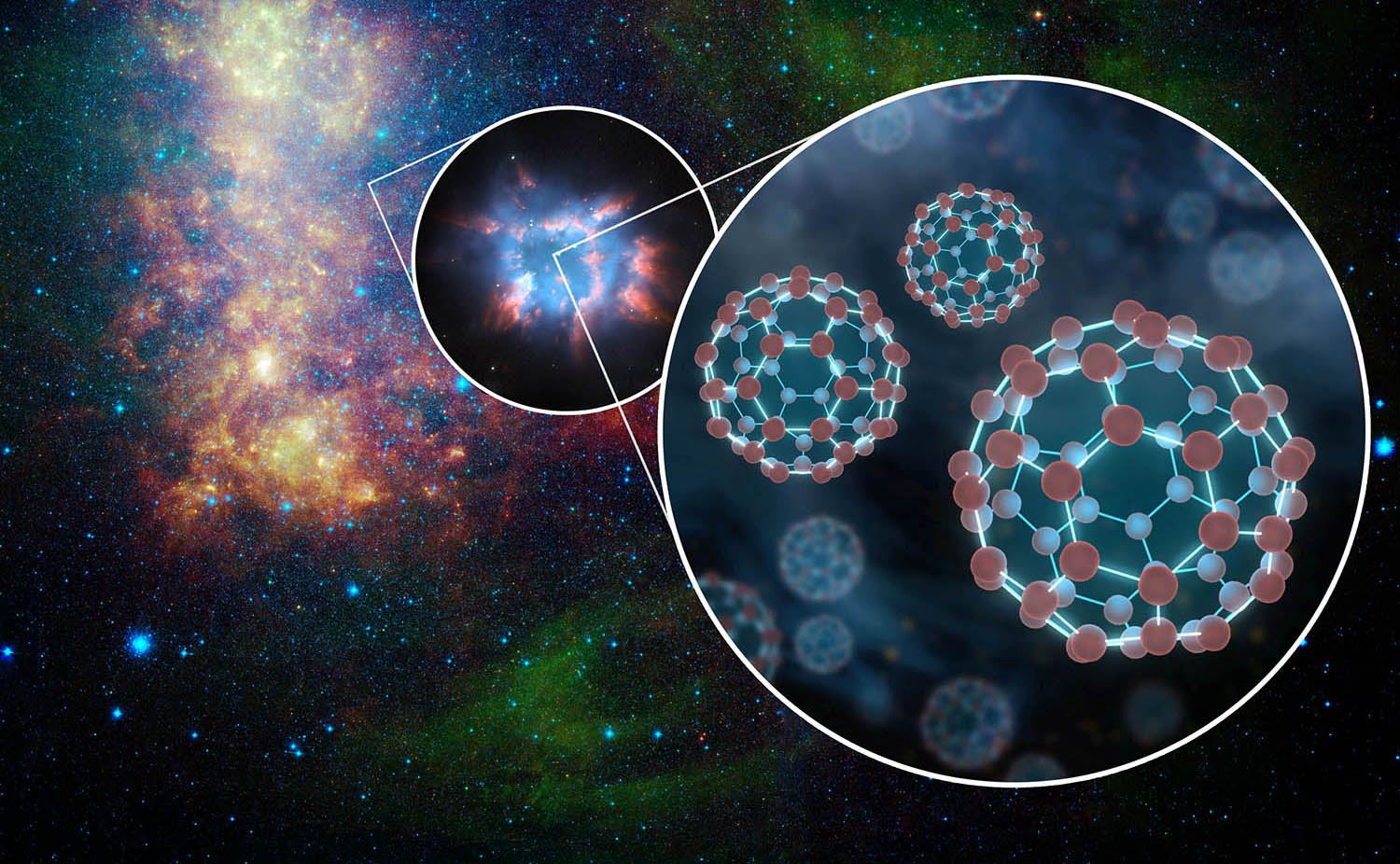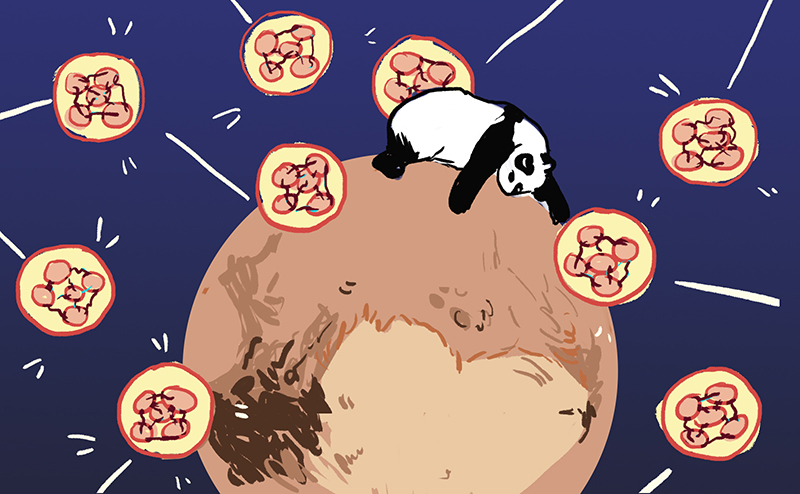Articles
Seven days, lots of science in the news. Here’s our roundup of some of the week’s most notable and quotable items. Materials scientists can turn sheets of graphene into nanoscale springs, pyramids, hinges, and other shapes with just a few cuts—the same way you can make a snowflake with scissors and a folded piece of paper. Washington, D.C. will probably sink about 16 centimeters by the end of the 21st century. “Buckyball” molecules in space may have been stealing some of our starlight. Groups of ants are able to maneuver heavy loads of food back to the nest thanks in part to a few “leader” ants that help guide the team in the correct direction.
Read More
Seeking Employment: Skilled spider biologist seeking opportunities to serve as a scientific consultant on movies starring or utilizing spiders in the plot. Horror, adventure, or romance-themed films, all acceptable. Knowledgeable biologist will provide the insight to greatly enhance plots and increase thrills by providing more engaging, realistic, and terrifying reality-based spiders than is currently provided by screenwriters who lack depth in their understanding of these animals. Has watched Arachnophobia more than 20 times and recognizes how that film relied on enough realistic biology to be especially powerful. Truth is, I’m not really looking for work. But when science can help inform dramas built all around it, a case can be made for utilizing the knowledge we scientists have to make a story really come to life with pretty amazing aspects of the natural world.
Read MoreIn order to take the best group photo of all time, you’ll need technology that’s a little more advanced than a selfie stick. Fortunately, NASA has that covered. Since the 1960s, astronauts and satellites have been sending us beautiful portraits of our home planet. Photographing Earth as a whole is a bit daunting. For one, you need to be far enough away to get a full view of the planet’s disc (so, for example, the low-earth orbit at the level of the International Space Station won’t do). You also have to be at the right position between the Earth and the sun to avoid shadows—a tenuous operation as you’re zooming away in a spacecraft or hurtling around the planet. Still, it can be done. And magnificently so.
Read MoreAncient alchemists sought to change metals into gold, but the innovative dance troupe MOMIX achieves something at once more real and more ethereal in its new show “Alchemia”: the transfiguration of bodies into flowing water, wisps of air, rocks of ages, and raging flames. Transformation and illusion are staples in MOMIX shows, and as evidenced by performances featuring names like “Botanica,” “Lunar Sea,” and “Opus Cactus,” science is also a recurring motif.
Read MoreFor his in-depth investigation of the science behind medical marijuana, University of Pennsylvania physician David Casarett sampled pot-infused wine, smeared marijuana paste on his legs, and took lessons in hash-making—and, of course, talked to a range of researchers and delved deep into the medical literature. We got a chance to talk with Casarett about what he learned and what changes, if any, his medical practice has made in the course of writing Stoned: A Doctor’s Case for Medical Marijuana.
Read MoreSeven days, lots of science in the news. Here’s our roundup of some of the week’s most notable and quotable items: After its unprecedented flyby, the New Horizons spacecraft started to send back the closest-ever views of Pluto and its moons. Physicists at the Large Hadron Collider have spotted signs of the pentaquark, a rare particle made from five quarks that should help researchers understand how the components of atomic nuclei stay stuck together. Nightmares might actually be good for you. Some pitcher plants are shaped to attract bats, but don’t eat the little critters—just their poop.
Read More














